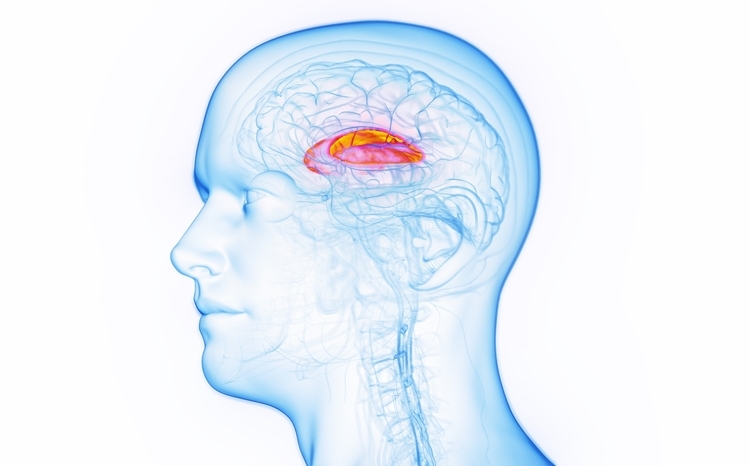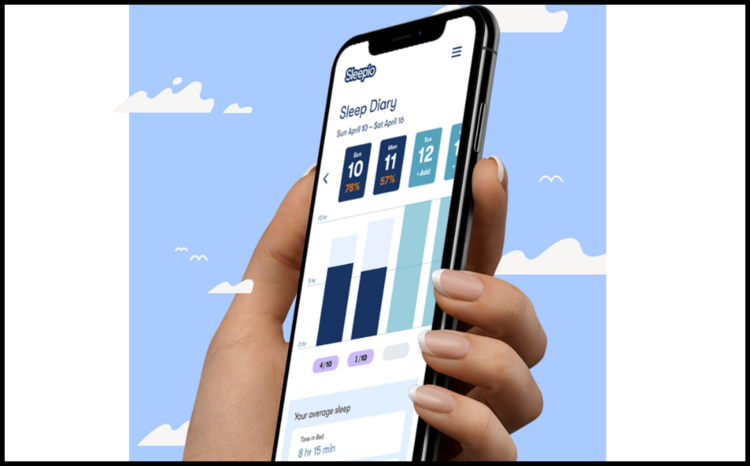North Tees emergency unit opens with wireless
- 15 January 2008
Emergency staff at the University Hospital of North Tees are using wireless technology to treat patients at their bedside and monitor bed occupancy in the hospital’s new emergency assessment unit.
The new unit uses the trust’s wireless network to allow staff to use a mobile workstation at the patient’s bedside. An electronic whiteboard has also been installed to alert staff to the present state of the patients and to those who require treating in the 42-bed unit.
Graham Evans, director of human resources and information at the North Tees and Hartlepool NHS Foundation Trust, told E-Health Insider: “When we decided to build this new emergency assessment unit, we wanted to provide physicians with the very latest in information technology for them to work with. We had a wireless network infrastructure developed for us by Cisco and what we are now doing is allowing physicians to use computers on wheels at the patients bedside ensuring that emergencies are treated in real-time and are closely monitored at all times.”
Staff on the unit are now able to make decisions instantly using the wireless computers and record their decisions at the patients bedside. If a doctor is unavailable, a qualified nurse can make a decision at the bedside of a patient and instantly add it to their electronic record.
Non-diagnostic PACS images can also be analysed from the bedside and the screens have been designed to be adjustable by up to 90˚ to allow for both horizontal and vertical views.
Evans said: “The technology is very very useful and we have introduced it to improve the way we go about delivering care. This was essential for us in the emergency environment where people need to know everything in real-time.”
He added: “We have studied everything carefully to ensure there are no legal issues related to confidentiality breached and believe that what we deployed is well worth its weight in gold.”
As well as being able to enter patients’ notes at the bedside, staff can keep track of activities in the unit through the electronic whiteboard.
All 42 beds are monitored on the board and staff can immediately identify which patient is in which bed and which doctor is responsible for them. The trust was already using a similar system in their education and training department
“We wanted to find a new way of making more appropriate use of technology to note bed availability and patient whereabouts. What we’ve done now is connected it to the trust network so that we can project a real-time spreadsheet showing everything going on in the unit as it happens, allowing immediate bed management and patient monitoring,” said Evans.
The system was developed working closely with emergency ward physicians, led by consultant physician Dr Nick Roper. This was vital to success, said Evans.
Dr Roper said: “After months of planning it’s brilliant to see the unit up and running. It has been an excellent example of health care professionals and estates colleagues working together to create the very facility possible for patients”.
Staff were trained on the new systems before they went live. Each staff member has a swipe card to use to log in and log out, and encrypted passwords, which they will need once they log in, or if the system locks on them. Inactivity time is restricted to ensure records are not accessed unauthorised.
Evans said: “The best thing about this is we have more information available in a more meaningful way. What we hope for now is to extend the technology to asset and patient tracking and from there, roll it out across the trust. The EAU was a nice spacious environment which lent itself to the technology, and now we have a good idea that it works, we hope to take it out to the rest of the trust.”




